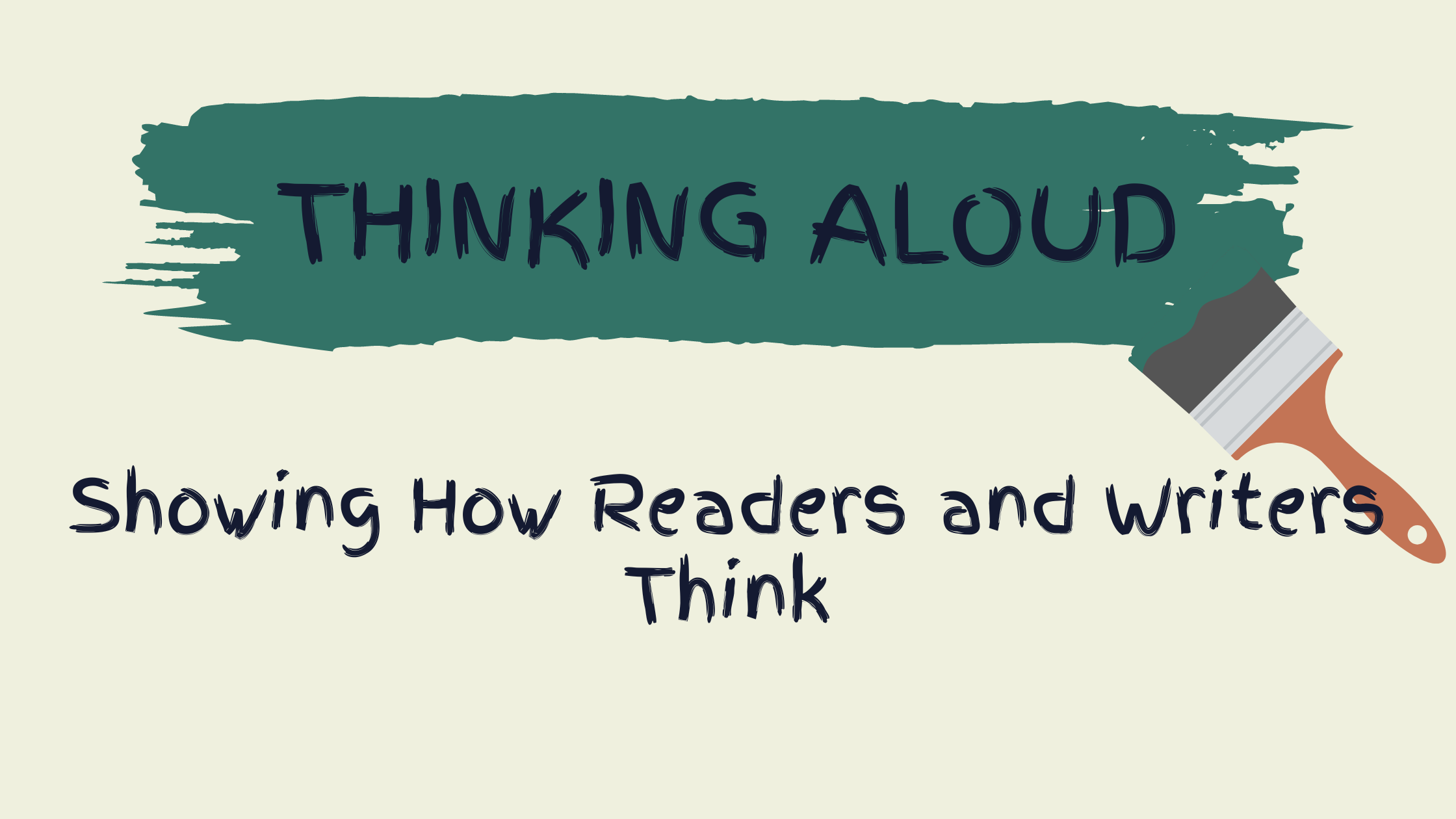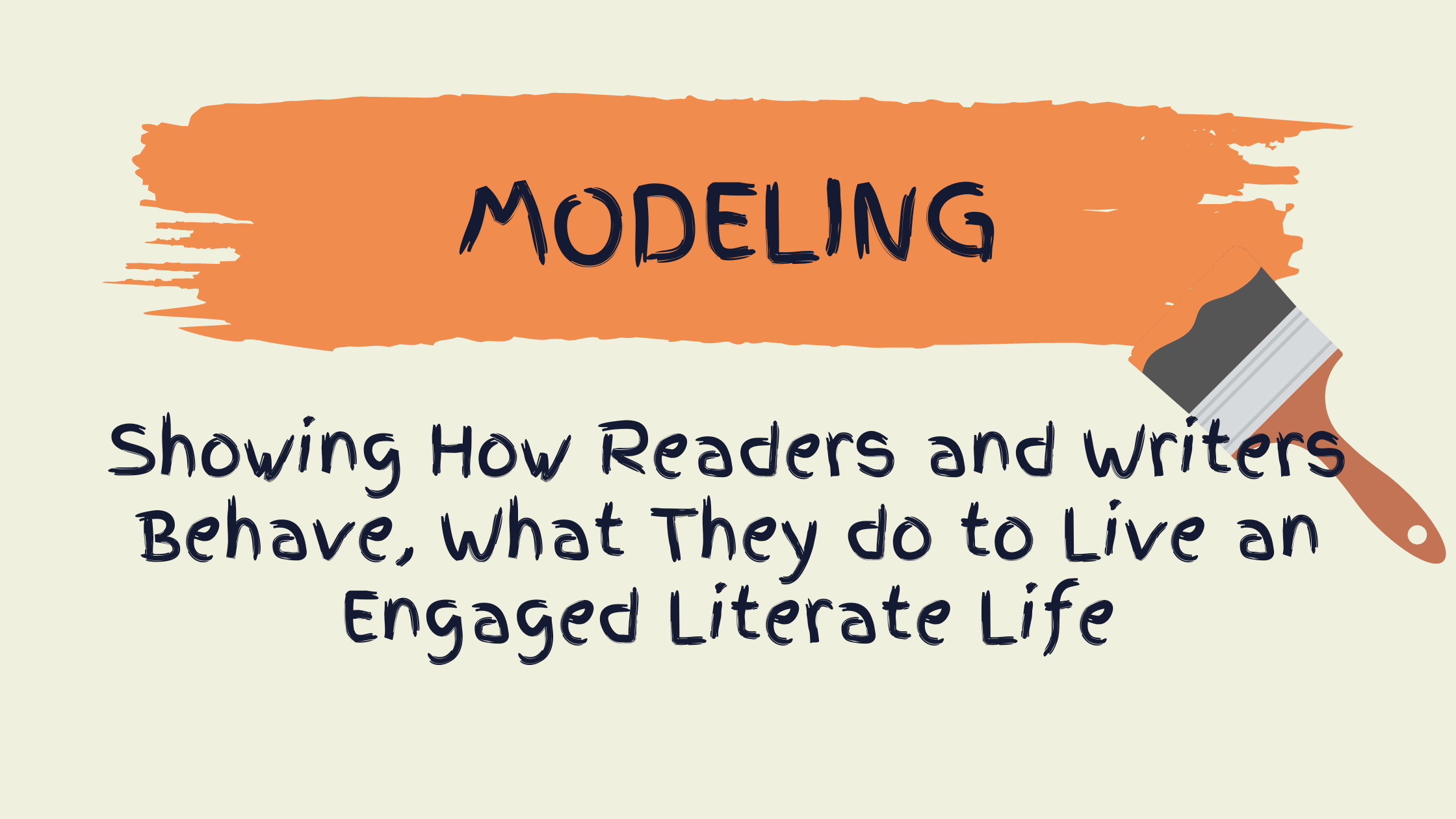
The following is an adapted excerpt from Ellin Keene’s The Literacy Studio.
***
If you buy in (at least for the moment) to the idea that we need to integrate reading and writing content to engage kids, give them more choice, and allow us to deepen instruction, we’ve got to talk about the tools we use to do that in the Crafting Session.
Instruction moves
- Thinking aloud
- Modeling
- Demonstrations
1. Thinking Aloud: Showing How Readers and Writers Think

- Teachers read aloud or write publicly, pausing to explicitly narrate their thinking processes.
- Teachers are clear about how the learning target (concept, strategy, tool, standard) on which they’re focused helps them read or write more fluently, comprehend more deeply, or write more effectively than they would without it.
- Teachers work to ensure precision in their think-alouds, focusing on the most universal application of the concept—how can readers and writers expect to use this target going forward?
- Teachers resist the urge to think aloud about the most obvious content or new vocabulary in the text or to focus on what can be observed directly in writing, opting instead for the kind of deep thinking and meaningful writing they hope to see in students’ work.
- Teachers are clear in describing how students can apply the concept independently.
2. Showing How Readers and Writers Behave, What They do to Live an Engaged Literate Life
- Teachers describe their lives as readers and writers—where and when they like to read; how they choose books; what they prefer in relation to author’s style, content, and genre; how they choose writing topics and plan their writing; and what tools and craft moves they like to use.
- Teachers help students develop and describe their own preferences as readers and writers including what authors they love and which topics resonate most for them as writers.
- Teachers help children develop an identity as a reader and writer through discussion, catching them in the act of trying new strategies and tools and naming what they try.
- Teachers create a classroom environment conducive to in-depth learning—there are spaces conducive to group work, independent work, and small-group discussion; books, texts, and writing materials are accessible; and records of children’s thinking, class goals, and group ideas line the walls. Students’ identities and strengths are highlighted through photographs of them at work.
- Teachers ensure that learning experiences are authentic—that what they ask students to do in class is something readers and writers might choose to do outside of school.
3. Demonstration: How do Readers and Writers Interact with Each Other in the Literacy Studio?
- Teachers demonstrate or assist in student demonstrations designed to show the rituals and routines that lead to and sustain community in the classroom throughout the year.
- Teachers set up walk-through demonstrations in which students enact the processes of obtaining resources and materials (i.e., book and writing topic selection) in the classroom or transition from one activity to another.
- Teachers demonstrate or assist in student demonstrations to show how students share their thinking about books via oral, written, artistic, or dramatic means (how book clubs, think-pair-share, turn-and-talk, and other interactions work).
- Teachers demonstrate the process of peer conferring in response to a text and in response to another writer’s piece—how to listen actively and give helpful feedback through questioning.
- Teachers show through “fishbowl” types of demonstrations how students can build on other students’ ideas in discussion and how they can use “open forum” in which the whole group converses about a book or another student’s writing.
Thinking aloud, modeling, and demonstrating are three powerful instructional tools you use to achieve just the right impact in the Studio. You can pick and choose among them to provide variety in your instruction and to ensure that your students perceive you as another reader and writer who struggles and succeeds, sets new goals, and works to understand more deeply and write more clearly and movingly.
Listen to Ellin on the Heinemann podcast Commuter Series.


Ellin Oliver Keene has been a classroom teacher, staff developer, non-profit director and adjunct professor of reading and writing. For sixteen years she directed staff development initiatives at the Denver-based Public Education & Business Coalition. She served as Deputy Director and Director of Literacy and Staff Development for the Cornerstone Project at the University of Pennsylvania for 4 years. Ellin works with schools and districts throughout the country and abroad. Her emphasis is long-term, school-based professional development and strategic planning for literacy learning.



